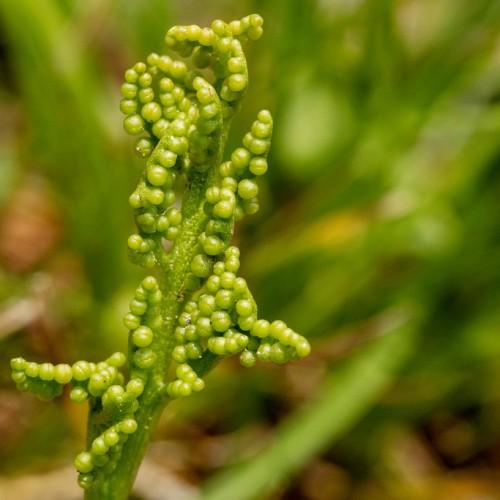
Northwestern Moonwort
Botrychium pinnatum
Also Known As - Northern MoonwortWatering:
Average
Hardiness Zone:
Sun:
Sun, Partial Shade
Soil:
Sand
Leaf:
Yes
Growth Rate:
Low
Care Level:
Medium
watering
Watering Two Spiked Moonwort plants should be done sparingly, generally no more than once every 2 weeks. When watering, provide enough water so that the soil is evenly moist, but not soggy. Covering the soil around the plant with a thin layer of mulch can help to retain moisture and reduce the amount of watering needed. Make sure the soil is not allowed to dry out completely between waterings. Additionally, Two Spiked Moonwort needs a cool, moist environment in order to grow well, so avoid placing them in direct sunlight and ensure that they get regular misting with water.
sunlight
Two Spiked Moonwort (Botrychium paradoxum) thrives best in full sunlight, or at least 8 hours of direct sunlight each day. This species prefers moist, well-drained soil and plenty of sand or gravel mixed in. During the summer months, it should be watered deeply twice a week to keep the soil moist, but avoid allowing it to get overly saturated. In cooler months, it should only be watered once every 3 weeks or so. It is important to note that these plants are sensitive to very high temperatures so take care to not place them in direct heat and be sure to provide plenty of shade when temperatures reach the upper 80s or higher.
pruning
Two Spiked Moonwort (Botrychium paradoxum) does not require pruning as it is a small, perennial plant. However, it can be beneficial to prune the old foliage that appears in the fall to prevent the growth of fungus and infections in the new growth during the upcoming season. It is suggested to prune in late February or early March when the plant is not actively growing. Before pruning, it is a good idea to apply a generous amount of mulch around the plants to insulate the soil and protect the plant's roots. To prune, use sharp, sterilized pruners and remove the old foliage, leaving behind any fresh new growth. When pruning, be careful to not remove too much foliage at once, as this can cause the plant to become stressed. Also, avoid pruning too close to the ground, as this can weaken the root system and cause the plant to become more susceptible to disease.
